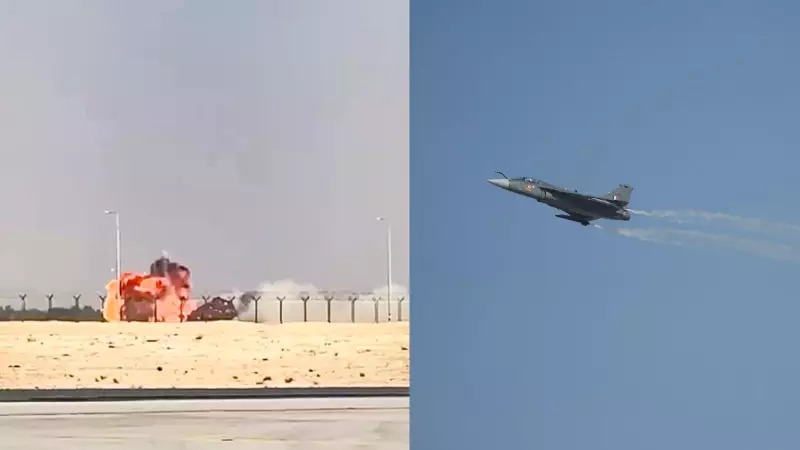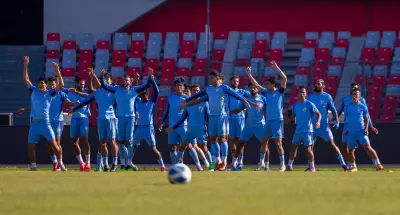
The recent crash of a Tejas fighter jet during the Dubai Air Show has sent shockwaves through India's defense and aviation communities, raising critical questions about the future of India's indigenous fighter program.
Tragic Incident at International Stage
On November 22, 2025, a Tejas aircraft of the Indian Air Force crashed during an aerial display at the prestigious Dubai Air Show. The tragic incident resulted in the death of the pilot, described by officials as an exceptional aviator selected for this high-profile display duty. The crash occurred as smoke and flames billowed from the aircraft during its performance, with numerous international cameras recording the unfortunate event.
The timing and location of the accident couldn't have been worse for India's defense exports ambitions. As noted by Manmohan Bahadur, former Director General of Centre for Air Power Studies, the international airshow setting represented the worst possible venue for such a mishap, with the country aiming to publicize the aircraft while adversaries watched closely.
Urgent Steps Needed for Damage Control
Industry experts emphasize that four critical actions must be taken immediately to address the fallout from this incident. First and foremost, transparency in the investigation process is paramount. Unlike the lingering mystery surrounding the Air India AI-171 crash, the Tejas accident investigation report must be released promptly to restore public and international confidence.
Secondly, any negative perceptions about Tejas's operational capabilities must be addressed head-on. While accidents are an unfortunate reality of aviation, the combination of capability and capacity must be demonstrated convincingly. This places significant responsibility on Hindustan Aeronautics Limited (HAL) to work overtime and meet its delivery promises for the Tejas Mk1A and its successor, the Mk 2.
Moving Forward with Resilience
Despite the tragedy, aviation professionals stress that the show must go on. The Indian Air Force's inherent strength, professionalism, and resilience should not be undermined by a single incident. Following established traditions, the Squadron's Commanding Officer would typically lead from the front by flying the first sortie after necessary formalities.
Social media battles about Tejas's capability should be met with trust in the Indian Air Force's judgment. The defense establishment has consistently maintained that Tejas variants will form the backbone of India's fighter fleet in the coming decades, emphasizing that the aircraft meets the Air Force's stringent capability requirements.
The Dubai accident should ultimately be viewed as precisely what it was - an accident. However, its ill-effects must galvanize HAL and the defense establishment to accelerate delivery schedules and demonstrate unwavering commitment to India's indigenous fighter program on the global stage.





